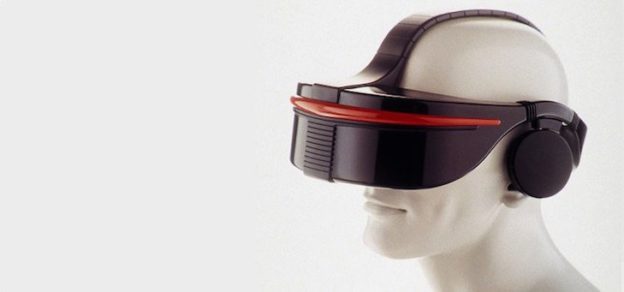Virtual Reality, VR, has actually been around for a surprising length of time. The first device was a part of an arcade game that was showcased in 1990 that sought to immerse gamers into the game environment, and it was quickly followed by SEGA VR, which was released in 1991 for the mass market. At the time it was seen by most as a luxurious novelty with very limited practical value, hence why it was never really popularised.
In just the last couple of years, however, we have seen rapid growth in the number of products that are in the market. It seems to have really picked up steam, and with some fairly affordable options coming out, we are sure to see it increasingly popularised over the coming year and years. It can certainly be argued that 2016 is the breakthrough year for VR.
If you’re still unsure about VR, it is worth bearing in mind that the potential for it isn’t just related to gaming; the technology is also very useful for anything else that requires immersion and visualisation. For example, businesses are starting to adopt it so that they can have a clearer idea of product design before actually entering manufacturing. Of course, our interest is mainly in the games that can be played in conjunction with them, as well as other forms of entertainment, such as movies and television series. So even if you’re not that interested in playing games with them, you may enjoy watching your favourite movies and TV shows.
If you’re wondering about where it could go moving forward, you’re not the only one. There are many directions in which VR could continue to develop, such as making it interact and interface with the real world, in a similar way to Google glass could. It could be linked up to additional motion sensor technology that could turn it from a headset into a full body suit that perfectly responds to your movements. It is clearly one of the most encouraging areas of growth in entertainment technology.
